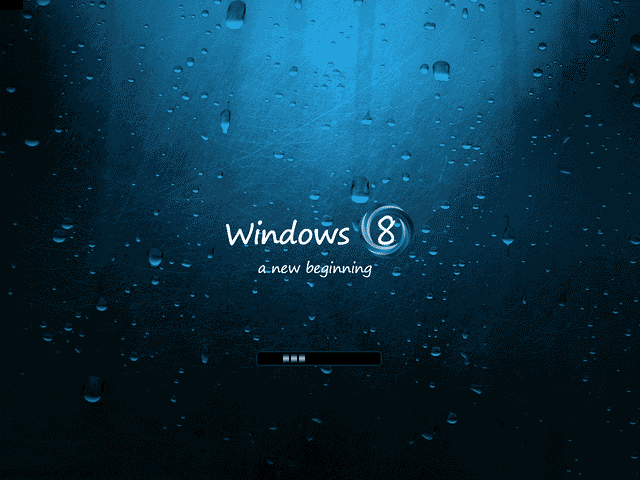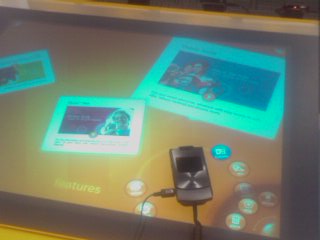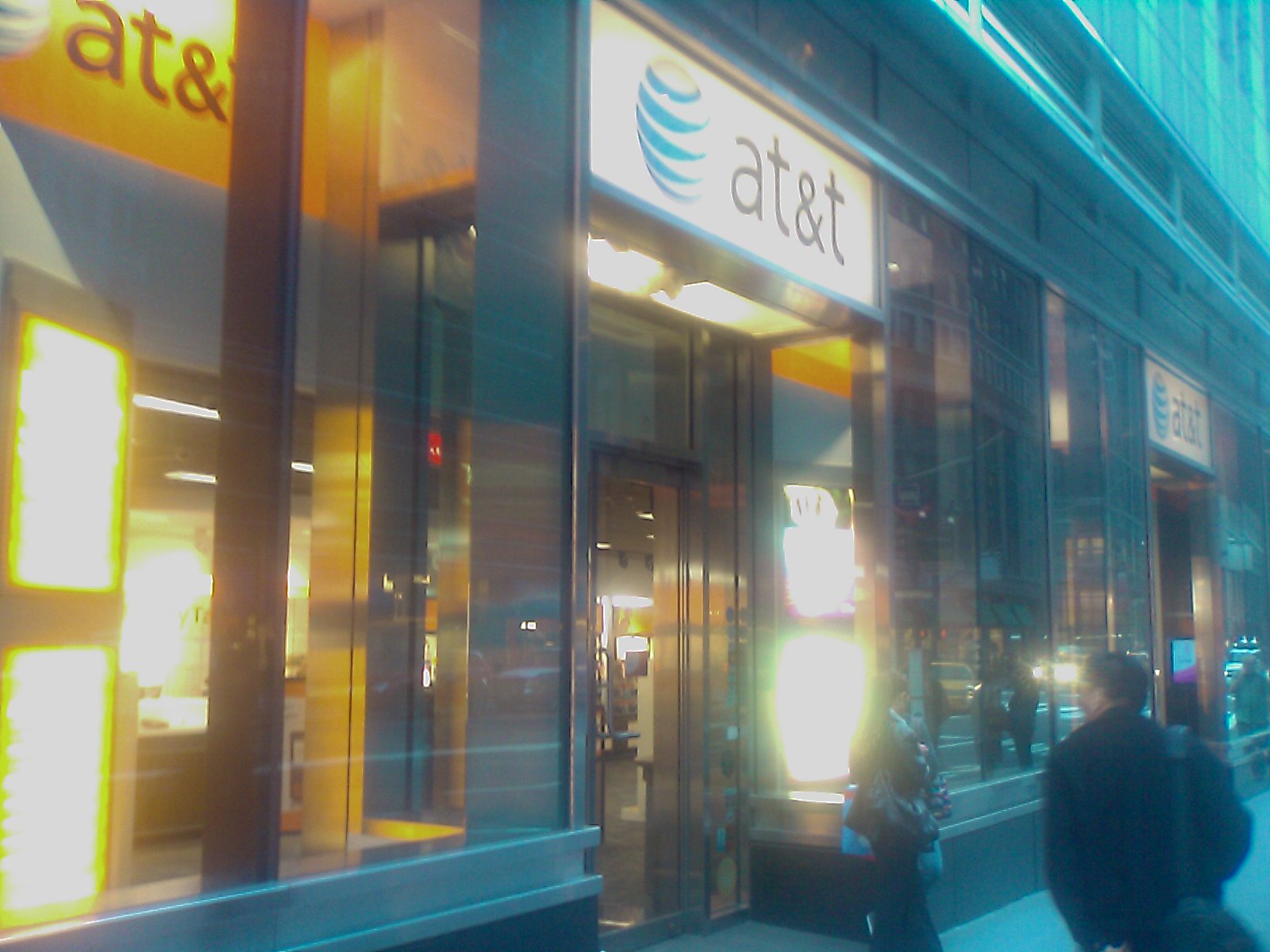I had different reasons for doing each of the upgrades I’ve done so far… Here’s a list of the upgrades I’ve done so far, and why… maybe something I talk about will resonate:
My home PC (desktop):
I upgraded my computer initially to see what it was like. For $40, you don’t even have to go to the store to buy it. That’s the Pro version, you can buy that to upgrade XP, Vista, and Windows 7 computers… and it’s a way better price than the $200 upgrade from Windows Vista to Windows 7 for example. It’s a relatively easy web-based upgrade. (I encountered some quirks with Symantec/Norton anti-virus, but Windows 8 includes security apps which make a good replacement.) I’ve found it to be as solid as Windows 7, and once you get used to the mouse gestures and the way “Modern UI” works, navigation is easier than it was in Chicago-era UI’s (The UI we’ve basically had since Windows 95).
I also intend to explore app development with it.
I’m also deciding my hardware upgrade path. It’s an inexpensive way to get a grip on what devices I might want to invest in, going forward… for example, do I want to upgrade my current PC, which is great but has no touch screen support, lacking virtualization support, or do I want to bite the bullet and get something more current.
I’m still deciding on a tablet, and it’ll either be “Surface Pro” or “Surface RT”… I don’t want to invest in iPad or iPhone because they aren’t going to provide the level of integration I’m seeing and liking with the Windows 8 generation of devices. Right now, I’m actually leaning toward maybe getting a Surface RT tablet, which are already available at Microsoft Stores at the mall… the Surface Pro will be more fully featured, but cost more. I’m thinking for what I want to do with a tablet, the RT will suffice, and if I need more horsepower from my tablet, I’ll just remote into a regular computer.
My wife’s PC (laptop):
I upgraded my wife’s computer because she & the kids loved the free games they saw me get from the app store… which works a lot like app stores on iPhone, Android and Windows Phone… they all mastered the “Modern UI” the first day, and found it to be an improvement, as well… so she got the “shiny new” experience on her older laptop.
That experience also enabled me to check out how Windows 8 devices (this includes computers, laptops, tablets, and phones) all communicate through the cloud… I was easily able to transfer my profile from my desktop to my own login on my wife’s laptop. This is something that Microsoft has been trying to make better for years, and used to only be available to Enterprise users, but now, thanks to the cloud, it’s something anyone can take advantage of.
My sister-in-law’s PC (laptop)
I upgraded my sister in law’s machine to get a less-involved, not quite so technical perspective on it. She picked up the new features right away, and is enjoying things like the free apps… Fresh Paint is one she mentioned as being a favorite, which is one my daughter is particularly fond of, as well. She’s had an odd behavior with it that I have to fix next time I get the chance, but it’s just that startup takes longer than it should.
My work machine (laptop)
I upgraded my work machine because I use Virtual Machines a lot, and Windows 8 has an updated version of Hyper-V in it… I was a bit nervous about this at first… my work depends on not screwing up my VMs, but after getting my first VM migrated from VirtualBox, I’m really glad I did it… Results so far are that performance seems better, and it’s just so much more flexible than VirtualBox was. I’m hoping to see some bugs I encountered in my VirtualBox hosted machines go away too, haven’t tried that just yet… (Stepping through code was a bit flaky in VirtualBox VMs)
To come… My Mom’s machine (desktop)
I’m upgrading my mom’s machine for more practical reasons. I think the UI will be easier for her to get around. That said, it’s mostly the fact that Windows 8 has better apps included than what she’s using. (For example instant messaging, email, news… the web-based apps she’s using are limited in comparison.) She’ll be able to toy with the apps from the app store, as well, which will be relatively a new technical freedom for her altogether.
Still…
If you want to see Windows 8 in action without risking a computer, I recommend stopping by a nearby Microsoft Store. They have them set up so you can spend a bit of time playing with them, and plenty of people around to bounce questions off.


